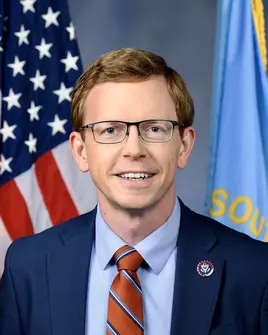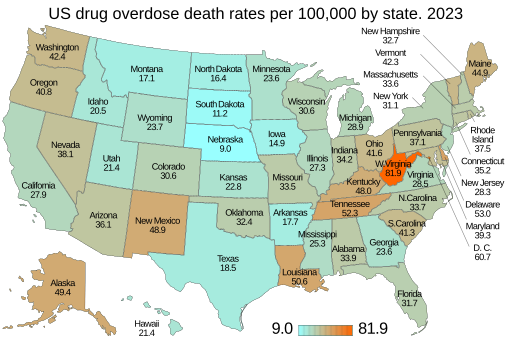In a bold move that has set alarm bells ringing across South Dakota, the Trump Administration’s proposed cuts to grants for the anti-overdose drug Narcan have ruffled feathers among advocates and health practitioners within the state. These grants, crucial for the distribution of Narcan to first responders, have played a significant role in curbing the opioid epidemic that has gripped not just South Dakota but the entire nation.
Emily’s Hope, a renowned nonprofit organization in South Dakota, is at the forefront of tackling substance use disorder. Founded with the mission to eradicate stigma and eliminate financial barriers to treatment, Emily’s Hope recently announced the distribution of 20,000 naloxone kits across the state. The organization’s aim is clear: to make naloxone widely accessible, thus aiding in the reduction of opioid overdose deaths.

Angela Kennecke
Angela Kennecke, the founder and CEO of Emily’s Hope, expressed her concerns about the proposed funding cuts, pointing out that now is not the time to halt financial support. “Overdose deaths and fentanyl poisoning deaths have dropped by more than 26% nationwide,” Kennecke stated, attributing the decline to the saturation of naloxone availability. She emphasizes, “It is needed, and in order to continue to see those deaths fall, we have to continue to provide it to everybody who needs it. And we have to remove the cost barriers, and it has to be accessible.”
The significance of such measures is particularly poignant in South Dakota, where communities have been grappling with the escalating opioid crisis. With a population known for its rugged individualism and close-knit community bonds, South Dakotans understand the gravity of the situation and rally behind initiatives that promise to make a difference.
The potential impact of the Trump Administration’s budget cuts, which threaten to eradicate a $56 million grant program for Narcan distribution to first responders, is a matter of grave concern for public health officials in the state. The Department of Health and Human Services, which could see significant budget reductions, plays a pivotal role in supporting the health infrastructure that South Dakotans rely on.
At a recent fentanyl roundtable led by Rep. Dusty Johnson, Angela Kennecke highlighted the critical importance of sustaining funding levels for naloxone distribution. 
Rep Dusty Johnson “We have to come at it from all angles and all sides,” she asserted. This comprehensive approach is vital given the complex nature of the epidemic, which requires strategies encompassing not just naloxone distribution but also prevention, treatment, and recovery services.
Emily’s Hope remains committed to its mission despite potential federal cutbacks. The organization’s steadfast dedication is a testament to the resolve and resilience of South Dakotans in the face of adversity. By focusing on education and awareness, Emily’s Hope seeks to remove the stigma associated with opioid use and promote a culture of compassion and support.
While the South Dakota Department of Social Services and Department of Health have yet to respond to inquiries regarding the impact of these federal grant cuts, the urgency of the matter is not lost on those who champion the cause. It is a call to action for the community to come together and ensure that lifesaving resources like naloxone remain available to those in need.
In these challenging times, the spirit of South Dakota shines through, with its people and organizations like Emily’s Hope leading the charge in the fight against the opioid epidemic. As the discourse around federal funding continues, the steadfast resolve of South Dakotans serves as both a beacon of hope and a call for continued advocacy and action.
The potential cuts serve as a reminder of the delicate balance of power and funding that can significantly influence public health outcomes. With overdose deaths and fentanyl poisoning showing a remarkable decline, the continuation of such positive trends hinges on the sustained efforts and collaboration of individuals, nonprofits, and government entities committed to safeguarding the health and well-being of South Dakota’s residents.
For more information about Emily’s Hope and its initiatives, visit Emily’s Hope.
